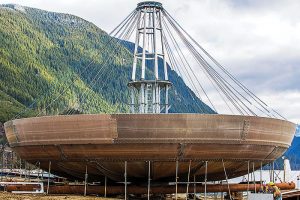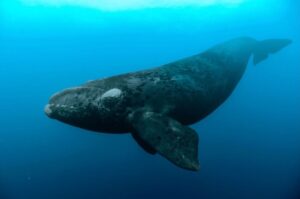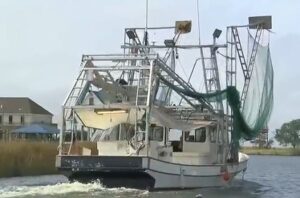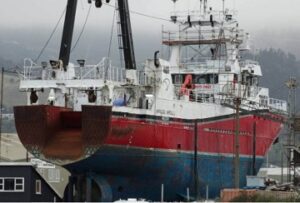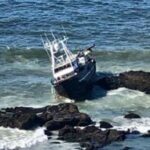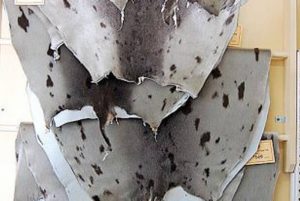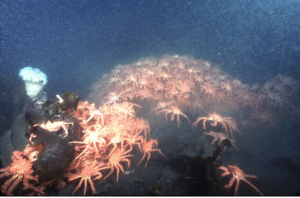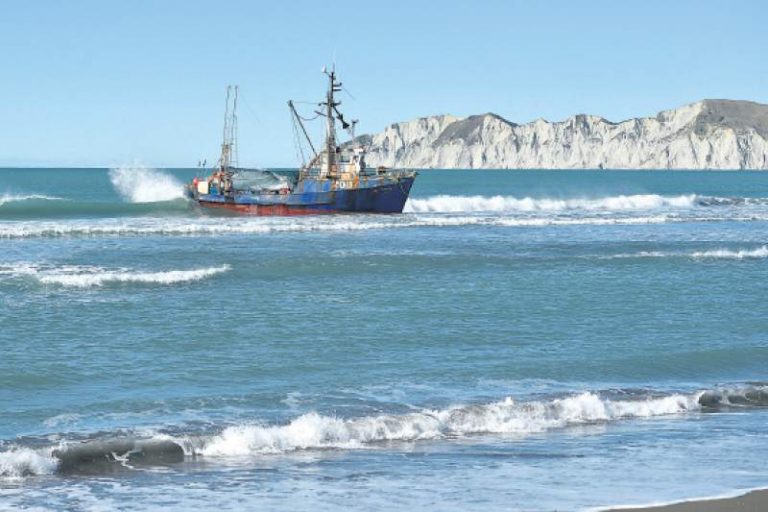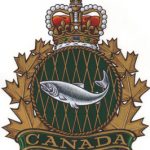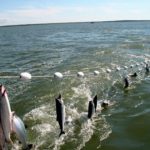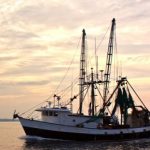Daily Archives: September 23, 2018
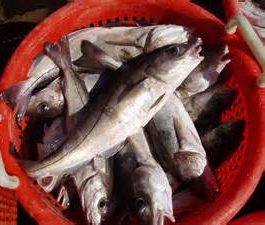
Fishermen facing cuts to Georges Bank stocks, Council considering catch limits for yellowtail, cod, haddock
The New England Fishery Management Council is expected to vote this week on the 2019 total allowable catch limits for three Georges Bank groundfish stocks the United States shares with Canada, with significant reductions expected for each stock. The council, set to meet Monday through Thursday in Plymouth, will discuss total allowable catch, or TAC, recommendations by both the science-based Transboundary Resource Assessment Committee and the management-based Transboundary Management Guidance Committee. The latter, however, is expected to hold more sway in developing the 2019 limits. The U.S. and Canada already have negotiated the catch limits within the TMGC recommendations for Georges Bank yellowtail flounder, Eastern Georges Bank haddock and Eastern Georges Bank cod. >click to read<21:42
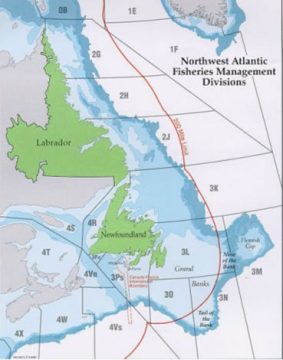
Annual NAFO meeting adopts measures for Greenland halibut, Flemish Cap cod
The 40th annual week-long meeting of the Northwest Atlantic Fisheries Organization (NAFO) ended on Friday in Tallinn, Estonia, where there were a number of measures accepted by Canada and other NAFO member contracting parties aimed at improving the monitoring and management of international fish stocks outside Canada’s 200-mile limit in the Northwest Atlantic. In addition to the traditional total allowable catch (TAC) and quota decisions made, other decisions included: >click to read<20:01
New England Fishery Management Council meeting September 24-27, 2018 in Plymouth, MA.
The New England Fishery Management Council will be meeting at Hotel 1620, 180 Water Street, Plymouth Harbor, MA. September 24, 2018 – September 27, 2018. To read the final agenda, >click here< Register for webinar >click here< to listen live. 19:42
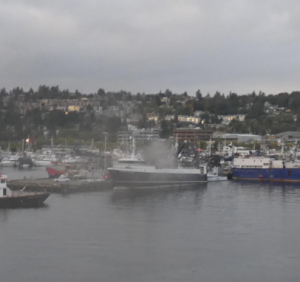
Fishing vessel burns at Fishermen’s Terminal
Dozens of firefighters responded by land and by water to a fire on a large fishing trawler at Fishermen’s Terminal just after 7 this morning. Seattle Fire says there are no injuries. The fire was burning below deck, which made access difficult. Hoses had to be run down the long dock. But firefighters had the fire under control a short time later.,,, The boat is the “Ocean Explorer“, a 145-foot long fishing trawler based out of Seattle. Lucas Bonnema photos>click to read<13:50

Body found believed to be one of the two missing Tignish, P.E.I. fishermen
The body of one of the two fishermen involved in a boating accident early last week has been found. The body was found around 7 a.m. Sunday wrapped in seaweed on the south side of the North Cape point by someone searching the shore. The coroner has taken possession of the body. A search was originally initiated the night of the accident, Tuesday, Sept. 18 and involved resources from RCMP, Ground Search and Rescue and community members in Prince County for Glen DesRoches, 57, the captain of the lobster fishing boat ‘the Kyla Anne’, and his longtime first mate, Maurice (Moe) Getson, 54, after their boat capsized on that afternoon.,, The identity of the body has not been officially released at this time. But according to multiple accounts on the scene rescuers believe it is the body of the ‘Kyla Anne’s’ captain, Glen DesRoches. >click to read<12:46

New proof that fish farm escapees interbreed with wild salmon: DFO
For as long as there have been fish farms in this province, there have been fish escaping from cages into the wild. Conservationists have suspected those escapees breed with native fish, changing their DNA. Now they say they have proof. One of the largest escapes in Newfoundland happened in 2013, when more than 20,000 salmon got away from a farm in Hermitage Bay. That incident inspired DFO scientists to study the genetic material of fish in salmon rivers on the island’s south coast. “We looked at 19 rivers in the first year and hybrids were detected in 18 of those rivers,” said lead researcher, biologist Brendan Wringe. >click to read<10:27
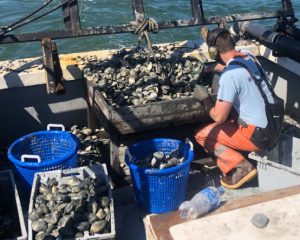
Maine man spent more than $100,000 to dredge for quahog. Now the practice might be banned.
Raymond “Bucky” Alexander figures he has at least $100,000 and several years invested in rebuilding his boat and crafting, by hand, the iron dredger he’s used this summer to dredge for quahogs in the New Meadows River. He checked with the Maine Marine Patrol about the law, and early this spring, when he headed down the river, he and his cousin, West Bath Shellfish Warden Doug Alexander, set out buoys to mark the subtidal area, the part of the river that is underwater even at low tide, where the law says he can dredge. >click to read<09:54
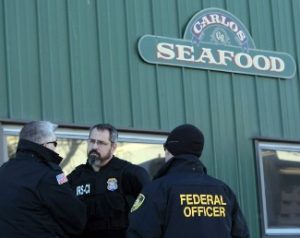
Jack Spillane: A Shakespearean tragedy on the New Bedford waterfront
How corrupt is the New Bedford waterfront? John Bullard seems to think it’s more than a little corrupt. Jon Mitchell seems to think it’s corrupt mostly with one top guy. And Jim Kendall seems to think it’s hard for the working guys — fishing boat captains to be specific — to be anything but corrupt when the big evil guy that controlled so many boats (Carlos Rafael) also controlled the ability of so many captains to make a living. “It’s a case of what choice did they have?” asked Kendall in a heart-wrenching Standard-Times story Saturday morning. As a working-class stiff who has worked for “the man” all my life, I can very much identify. Mayor Jon Mitchell pointed out in the Saturday story that prosecutors and regulatory authorities endanger the people’s confidence when they overreach. They risk bringing down the whole system when they crack down on too many working men and women who get swept up by a guy like Carlos Rafael. >click to read<
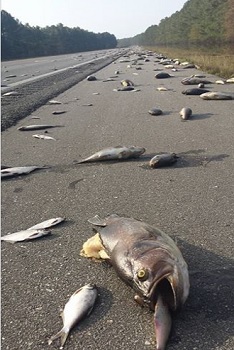
Florence floodwaters reveal fish washed up on North Carolina interstate
Floodwaters from Hurricane Florence are leaving quite a fishy situation in North Carolina. As floodwaters from the hurricane begin to recede more a week after the storm made landfall, first responders on Saturday came across hundreds of dead fish on a stretch of Interstate 40 that had been hit hard by flooding.,, The fish were discovered along a stretch of the interstate near Wallace, located about 40 miles northwest of Wilmington, where the storm made landfall. “Hurricane Florence caused massive flooding in our area and allowed the fish to travel far from their natural habitat, stranding them on the interstate when waters receded,” the fire department said. >click to read<08:22

































